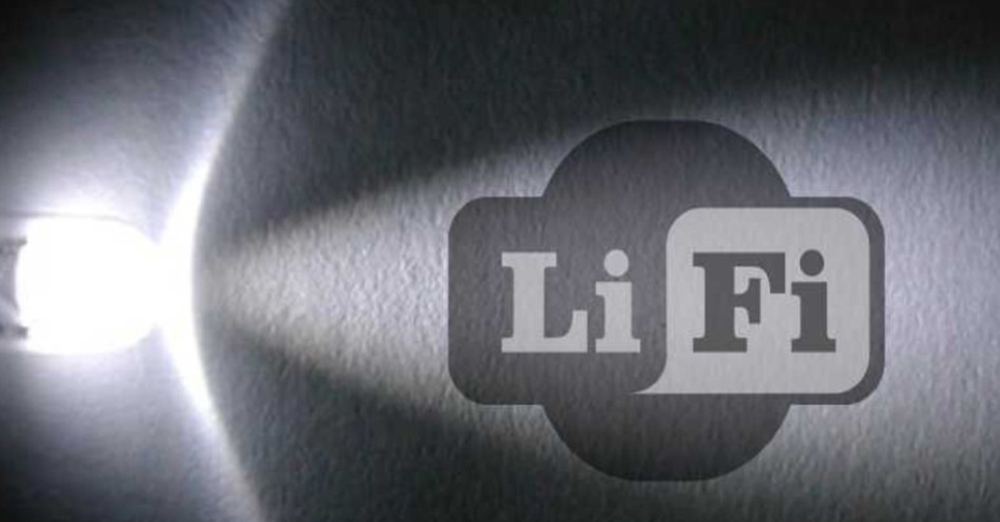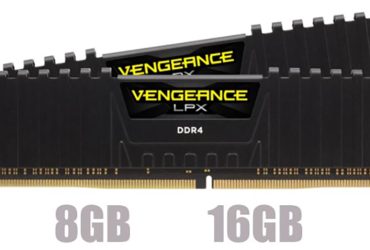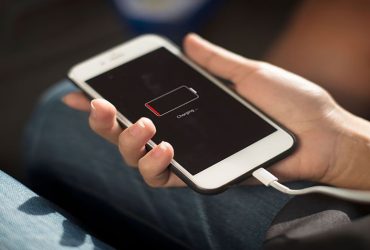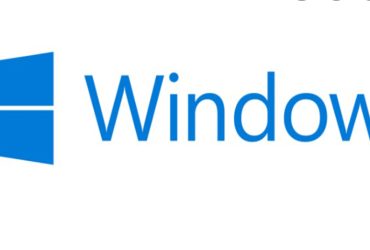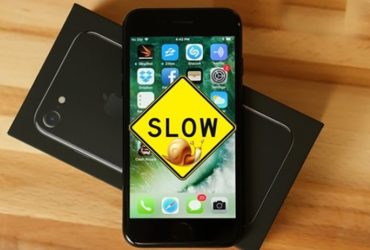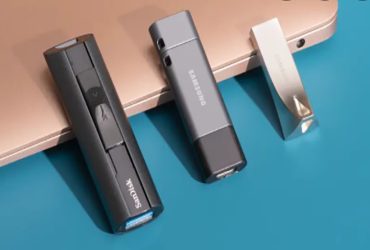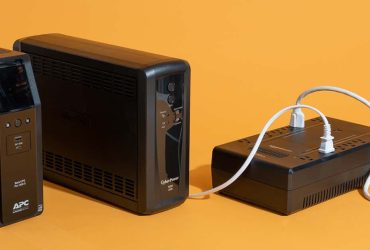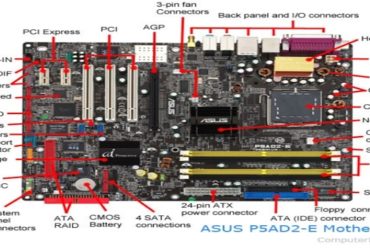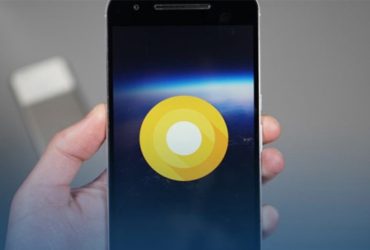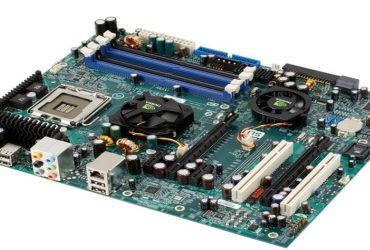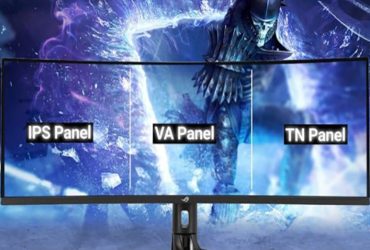Li-Fi technology was introduced in 2012 with bandwidth up to 10,000 times faster than current Wi-Fi. Li-Fi, a wireless technology that uses LED light to transmit data, now offers up to 224 Gb of Internet per second. The technology was developed by Harald Haas, a professor at the University of Edinburgh in the UK. Li-Fi used to be called Data Light. It is said to be faster and more secure than the current Wi-Fi, which is now more widely used.
Li-Fi technology can also be used for air travel, reducing the hassle of aircraft control and reducing the amount of power required to pull cables. Radio Wi-Fi is water-resistant and can not be used for underwater communications, but Li-Fi for light communication can also be used for underwater communications. Li-Fi stands for Light Fealty, and unlike Wi-Fi, it never slows down when shared by multiple people.

Technology has evolved to allow you to connect to the Internet through a beam of light reflected from a wall, and to connect to the Internet without direct contact with the beam. Li-Fi technology requires the use of a device that connects to an LED light and a device that connects to a computer. Li-Fi technology was launched in September 2016 and has sold over 100 units in total.
By 2020, Li-Fi market is projected to grow sevenfold. To date, however, the wall has not been able to penetrate, and there are still some restrictions on access to the Internet only through the distance of light and the light coming back from the wall.

